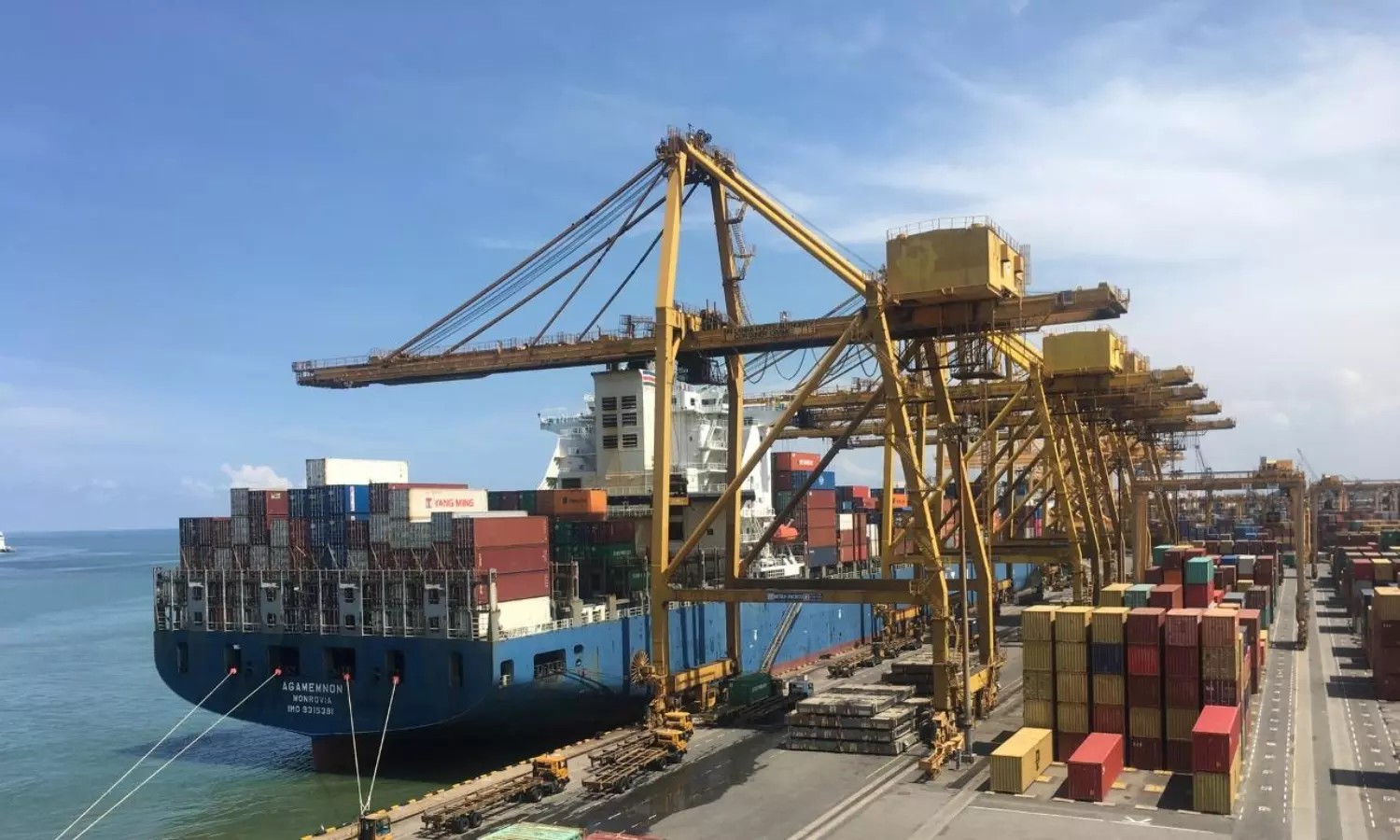Drewry Port Throughput Index trend higher
Supply chain disruption continues to hold back growth; congestion shows signs of easing in U.S. West Coast ports.

The Drewry Port Throughput Index resumed its growth in January 2022 to reach 138.8 points, 4 percent higher than in January 2021 and over 7 percent above January 2020 levels.
"Global supply chain disruption continues to hold back growth in many markets but port congestion shows signs of easing in U.S. West Coast ports, " the latest update said.
Total container ships backed up across Los Angeles/Long Beach ports was 43 on March 29, 2022 - down 66 than the record of 109 on January 9, according to data from Captain J. Kipling (Kip) Louttit, Executive Director, Marine Exchange of Southern California & Vessel Traffic Service Los Angeles and Long Beach San Pedro, CA.
The global growth was led by Chinese ports with the index increasing over 7 percent in January 2022 compared to December 2021. "The China Port Throughput Index score of 138.8 points is, however, only 0.4 percent higher than the January 2021 level. The largest port Shanghai reported record breaking throughput in January 2022 of 4.35 mteu, recording a MoM throughput increase of 9 percent(0.4 mteu) and a YoY increase of 8 percent (0.3 mteu). Ningbo also recorded its highest ever monthly throughput with volumes in January 2022 up 40 percent (0.8 mteu) compared to December 2021."
Latin America witnessed the largest monthly decline of over 7 percent in January 2022. The largest Brazilian port Santos witnessed a 15 percent monthly decline in January 2022 but throughput was 3 percent higher YoY, the report added.
The Drewry Container Port Throughput Indices are a series of volume growth/decline indices based on monthly throughput data for a sample of over 235 ports worldwide, representing over 75 percent of global volume. The base point for the indices is January 2012 = 100.
Equipment availability challenging in certain pockets: Maersk
"Rising Covid cases in China, large-scale fuel stockouts in Sri Lanka, and developments in Europe, amongst other global supply chain disruptions, have had an increasing impact on shipping volumes in Quarter 1 of 2022, and have exacerbated port congestion across the world," Maersk said in its Ocean market update – Indian Subcontinent & Middle East. "Demand remains incredibly strong, which continues to put increased pressure on the global supply chains as capacity is still tied up outside ports in the US, Europe and Asia."
Globally, the operational environment remains challenging with bottlenecks in the U.S., Europe and Asia. "The spread of Omicron has reduced the workforce by 10-15 percent in Northern Europe, and we can also see an impact due to the worsening weather conditions in the region and the ongoing situation in Eastern Europe.
"The U.S. witnessed a workforce reduction of up to 20-25 percent across functions in terminals, warehouses, trucking and others leading to continued high waiting times outside ports with no improvement seen in Los Angeles nor Long Beach and the outlook worsening in Norfolk, Charleston and Houston."
Equipment availability remains challenging in certain pockets, Maersk said in its update, and "the shortage is expected to continue for the foreseeable future across many locations throughout the region."
Spot rates divergent
Asia-US West Coast prices declined 1 percent to $15,811/FEU, according to the latest update from Freightos. The rate is still 168 percent higher than the same time last year.
"Asia-US East Coast prices increased 2 percent to $17,638/FEU, and are 205% higher than rates for this week last year."
The recent example at Shenzhen suggests that with ports open, impacts will likely not be as severe as the shutdown of Yantian a year ago which created a significant backlog and sent ocean rates spiking, the update said.
"But even with the world's largest port open (and factories that create a "bubble" for workers allowed to operate too), the closure of many warehouses, the drop in manufacturing and the serious disruption to trucking in, out and within the city (Shanghai) are expected to cause a significant drop in the availability of goods and port output. "
Though cean carriers haven't announced plans to skip Shanghai's ports yet, some volumes could shift to nearby Ningbo. "Destination ports in the US and Europe could expect some lull in volumes in the coming weeks followed by an increase that would be another challenge to already congested ports."


